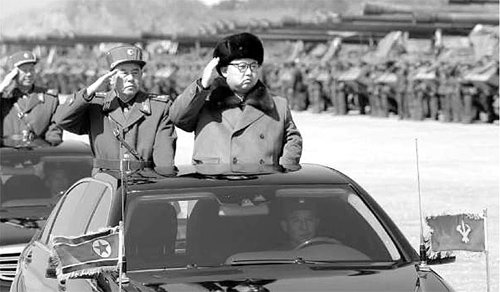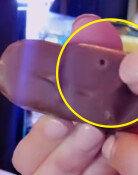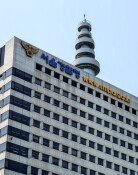N. Korea likely sees technological progress in its SLBM
N. Korea likely sees technological progress in its SLBM
Posted April. 27, 2016 07:22,
Updated April. 27, 2016 07:27

"We're still assessing the test," Pentagon press secretary Peter Cook said at a regular briefing on Monday. "I can't say from this podium at this point exactly how best to characterize it, other than they conducted a test that we feel as once again another provocative act by the North Koreans, one that does nothing to promote stability on the Korean Peninsula."
This is in line with U.S. President Barack Obama’s comments during a press conference in Germany on Sunday that North Korea fails on most experiments but each time it also learns something, adding that Washington is taking this very seriously. Immediately after the incident, a U.S. army official said in an interview with CNN that Pyongyang’s SLBM capacity is not a joke but a serious issue.”
Civil experts are also concerned about the potential of the North’s SLBM technology. aerospace engineer John Schilling, who has closely followed the North’s missile program, claimed in his article carried by the North Korea monitoring website "38 North" that the short range in the test does not signal a failure. He also said that there has been technological progress in the regime’s SLBM, in a direction enhancing operational credibility. He predicted that North Korean leader Kim Jong Un will be prepared for wartime arrangement by 2020.
The expert said that the test also showed the North has switched to developing a solid-fuel missile after repeated failures with a liquid-fuel engine. He also wrote that a 30-km range is successful and the launch speed exceeded the sonic speed, which is opposite to the view of the South Korean Defense Ministry. The London-based Diplomat magazine also evaluated that there has been technological progress in the recent launch.
Karl Dewey, a senior analyst at London-based defense information provider IHS Jane's, also said that the fact that North Korea’s SLBM flew only 30 kilometers does not directly mean the launch was a failure.” The U.S.-funded Radio Free Asia reported that North Korea may have intentionally adjusted the range shorter than the real capacity, for various reasons.
A military informant of Washington said that Seoul and Washington may have different views on SLBM, as the latter understands better of the danger of SLBM, which can be most secretly used among other nuclear weapons. The U.S. itself boasts of its SLBM technology along with the other two nuclear systems Air-launched Cruise Missile (ALCM) and Intercontinental Ballistic Missile (ICBM).
워싱턴=이승헌 특파원ddr@donga.com
Headline News
- Med professors announce intention to leave hospitals starting Thursday
- Bridge honoring Sgt. Moon Jae-sik unveiled in Pennsylvania
- Chief of Staff Chung tells presidential secretaries to stay away from politics
- US FTC bans noncompete agreements
- N. Korea launches cyberattacks on S. Korea's defense companies







